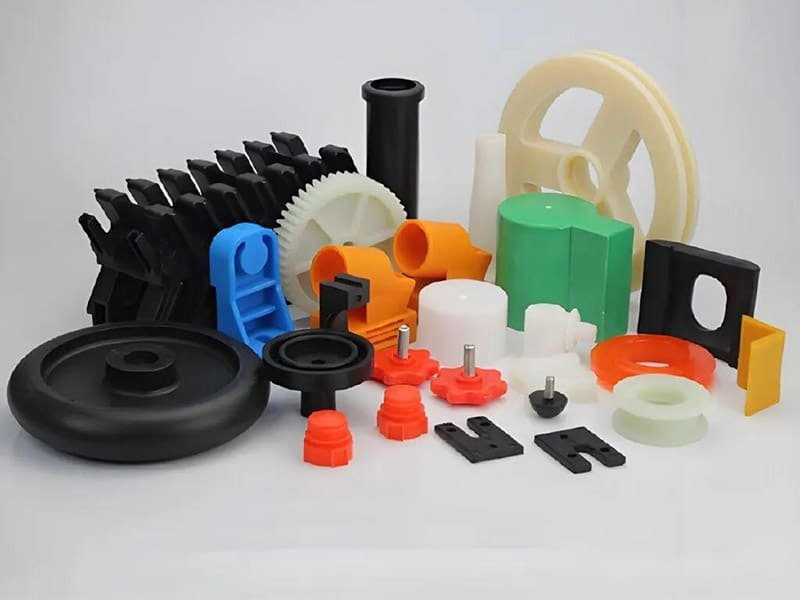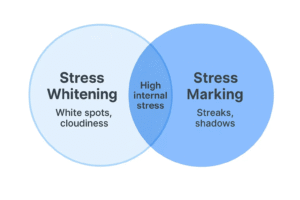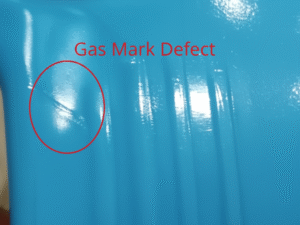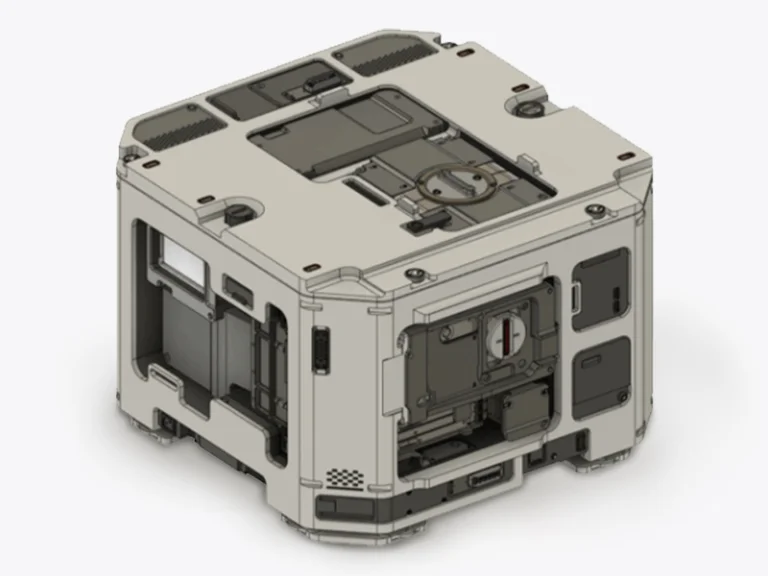ABS CNC Machining Service

Custom Design Support for ABS CNC Machining
At Jiangzhi, we specialize in CNC machining ABS parts with tight tolerances and consistent quality. Whether you need a prototype or low-volume production, we turn your designs into reliable components. With deep experience in ABS machining, we handle complex shapes and fine details efficiently. From material selection to final finishing, we provide a complete, tailored solution.
ABS CNC parts are especially popular when designers need strong yet lightweight, dimensionally stable, and cost-effective components that can be easily painted or finished for final products. This makes our CNC-machined ABS parts ideal for applications in automotive, electronics, medical devices, and consumer goods. At every stage, we’re committed to helping you shorten development cycles, reduce costs, and achieve consistent, production-ready quality.
| Price | $$$ |
|---|---|
| Tolerances | ±0.01mm |
| Maximum Part Size | 2000mm x 1500mm x 500mm |
| Minimum Feature Size | Φ 0.5mm |
| Wall Thickness | 0.75mm |
| Lead Time | About 3-6 days |
Machining ABS Plastic Properties
ABS plastic is one of the most popular materials for CNC machining because it offers an excellent balance of machinability, strength, and cost. It cuts cleanly with minimal tool wear, making it ideal for milling, drilling, or producing small, precise details while holding tight tolerances. The material delivers good impact strength, dimensional stability, and a smooth surface finish that can be easily painted, polished, or coated. For prototypes and small production runs, ABS provides a cost-effective solution with reliable mechanical properties for everyday consumer products.
Compared to alternatives like PC or ASA, ABS is lighter and easier to machine, though it has lower UV and heat resistance. ASA is often chosen when long-term outdoor durability and color stability under sunlight are critical, while PC or ABS/PC blends are used when higher impact resistance or heat deflection is needed. In many consumer electronics or indoor products, however, ABS remains the go-to material because it combines affordability, ease of processing, and adequate toughness for most everyday applications.
| Tensile Strength, Yield (MPa) | Elongation at Break | Hardness | Impact Strength | Heat Deflection | Heat Deflection Temperature | Melting Point |
|---|---|---|---|---|---|---|
| 40.7 MPa | 53.4% | Rockwell R100 | 411 J/m | 94 °C | 97.4 ℃ | 267℃ |
- The above parameters represent the baseline performance of the materials. Actual application should be dynamically optimized based on specific working conditions.
Looking for High-Quality ABS Plastic Machining?
Get Strong & Precise ABS CNC machining parts – Durable, Custom, and Cost-Effective! Request a Quote Today!
Advantages & Application of ABS CNC Machining
CNC ABS Machining Benefits
- Good machinability – easy to cut, drill, and CNC mill ABS plastic with precision.
- Tough & impact-resistant – maintains integrity under stress and shock.
- Dimensional stability – offers consistent accuracy with minimal warping.
- Affordable & widely available – ideal for milling ABS plastic prototypes and parts
ABS CNC Machining: Industries & Applications
- Consumer Electronics: PC covers, mobile shells, console casings, phone holders
- Automotive: Dashboard panels, interior trims, mounting brackets, prototype parts
- Medical Devices: Equipment housings, handheld device cases, testing prototypes
- Industrial Equipment: Control panel covers, machine guards, jigs, fixtures
- Prototyping & Product Development: Functional prototypes, concept & test parts
Surface Finishing Options for ABS CNC Machined Parts
To improve the appearance and performance of your CNC machined ABS components, we offer a variety of surface finishing services. Whether you need a clean matte surface, enhanced aesthetics, or clear part labeling, our finishing options ensure to meet your ABS machining parts.
Standard finish with visible tool marks; suitable for functional prototypes and internal components.
Uses abrasive media to create a uniform matte or satin finish; also improves coating adhesion on plastic or metal surfaces.
Adds logos, text, or identification marks via silk screen or pad printing, ideal for branding or part tracking.
Removes machining marks and evens out surface texture; ideal for prototypes and parts where appearance is not critical.
Painting and powder coating provide colorful, durable, and corrosion-resistant finishes.
Deposits metal layers such as nickel or chrome on parts, improving wear resistance, conductivity, and aesthetic quality.
Produces a smooth, glossy finish; commonly applied to plastics like PC or PMMA for enhanced clarity and premium look.
Chemical treatment for ferrous metals, creating a dark, corrosion-resistant surface with minimal thickness.
Electrochemical process for aluminum that enhances corrosion and wear resistance, with options for colored finishes.
Jiangzhi ABS CNC Machining Parts are Guaranteed

FAQs About Machined aluminum Part
ABS can break down if it gets too hot or stays in the barrel too long. This leads to discoloration, bad smells, or weaker parts. We avoid this by using the right temperature settings and proper cycle times.
Yes, ABS blends well with materials like PC (polycarbonate) to improve strength or heat resistance. But mixing must be done carefully to avoid compatibility issues. We’ll help you decide if blending makes sense for your project.
Cracks often come from stress during cooling, poor mold design, or even using the wrong processing temperatures. We focus on balanced part design and proper molding conditions to keep your ABS parts crack-free.
ABS runs well in molds made from hardened steel or aluminum, depending on your production volume. The key is smooth surfaces and good venting to avoid flow marks or burn spots.
ABS is stiffer and easier to paint or glue, while PP is more flexible and chemically resistant. ABS needs tighter temperature control, and PP shrinks more. Choosing between them depends on what your part needs to do—we’ll help you pick the best fit.




